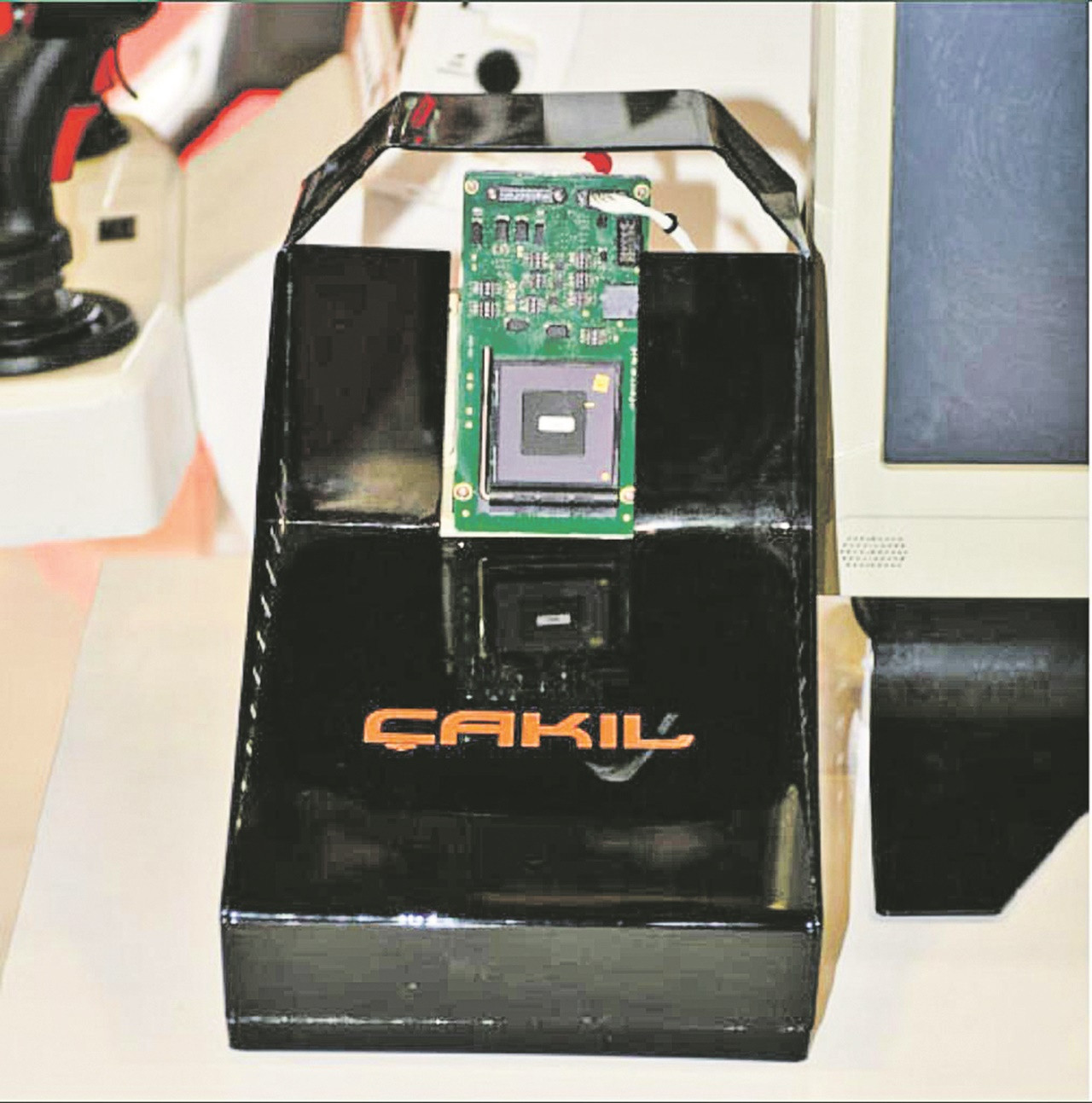I really dont think Turkey has built a from scratch operating system.
Good chance the TB2 O/S is a derivative of an open source Linux version...
GİS is a Real-Time Operating System especially developed for hard real-time safety critical avionics applications. However, it is scalable and adaptable for embedded real-time applications in other domains as well.
GİS adheres the ARINC 653 specification for avionic applications, and fully supports the ARINC 653 Part-1 Required Services and features like Multiple-Module Schedule, Service Access Points from Part-2 Optional Services. Thus ARINC 653 is the native API of GİS, performance penalties of wrap-up functions are eliminated.
GİS adheres the POSIX® (IEEE 1003.1) standard for embedded real-time applications, and fully supports the PSE 51 Minimal Real-time System Profile, PSE 52 Real-time Controller Profile, and PSE 53 Dedicated Real-time Profile. Conformance of GİS to POSIX® standard is fully verified by the official POSIX® Conformance Test Suite.
GİS comes with an integrated development environment called TGO. TGO is an Eclipse based integrated development environment which provides features like application development, mode selection, debugging, event analysis and simulation to application developers and system integrators.
GİS is developed to be adaptable to different processor architectures and hardware configurations. It has a layered structure so that, by adapting the hardware abstraction layers, i.e. Architecture Support Package (ASP) and Board Support Package (BSP) to different architectures and hardware configurations, GİS can easily be ported on many platforms. GİS currently runs on several single core and multicore processor architectures and hardware configurations. Hardware support for new platforms is rapidly increasing.
GİS is developed fully from scratch and is not based on a present kernel. GİS is developed in accordance with DO-178B and is certifiable up to Design Assurance Level A for single core architectures. DO-178C certification pack for multicore architecture is under development.
GİS is being integrated with several platforms such as mission computer, digital flight control computer, electronic warfare systems and remote controlled weapon systems.

bilgem.tubitak.gov.tr
Not only has Turkey developed it's own operating system, Turkey is also developing military grade processors.







